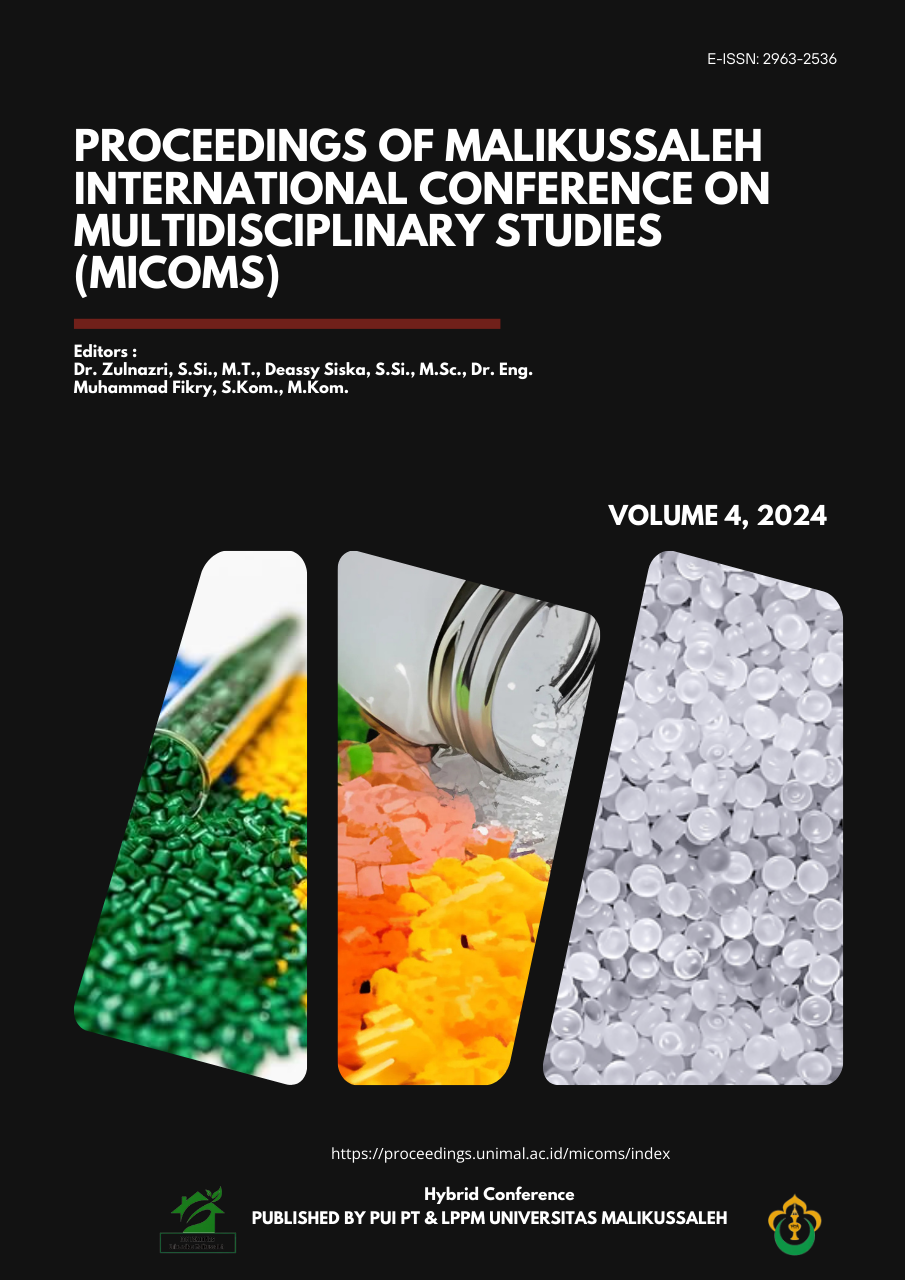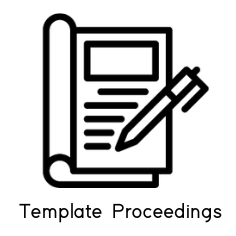Analysis of Prospective Teachers' Abilities to Designing Artificial Intelligence-Based Learning Media
DOI:
https://doi.org/10.29103/micoms.v4i.882Keywords:
Ability, Prospective Teachers, Learning Media, Artificial IntelligenceAbstract
This research evaluates the capability of prospective teachers to design learning media that effectively incorporates Artificial Intelligence (AI). Conducted within the Mathematics Education Study Program at Malikussaleh University, the study highlights the significant role of AI in education during the Society 5.0 era, particularly in enhancing the quality of learning. Using a descriptive quantitative research method, data was collected through a questionnaire distributed to 60 students in the Mathematics Education Study Program. The findings clearly indicate that 33,33% of respondents fall into the medium ability category, while 53.33% are classified as high and 13.33% as very high in their ability to design AI-based learning media. These findings suggest that while a majority of prospective teachers demonstrate strong competencies in designing AI-based learning media, a notable 33,33% remain in the medium category and may require additional support. It is crucial to enhance skills in creating AI-based learning media to ensure that prospective teachers are well-prepared to address the challenges of education in the digital age. This research provides valuable insights into the abilities of prospective teachers and is expected to serve as a key reference for developing more effective training programs in the future.
References
[1] S. Rifky et al., Artificial Intelligence : Teori dan Penerapan AI di Berbagai Bidang. PT. Sonpedia Publishing Indonesia, 2024.
[2] D. D. Andayani, G. D. Dirawan, and ..., “Peningkatan Kemampuan Guru Dalam Membuat Media Pembelajaran Menggunakan Aplikasi Berbasis Kecerdasan Buatan,” J. Sipakatau …, vol. 1, pp. 103–107, 2024.
[3] M. Miftah, PERAN, FUNGSI, DAN PEMANFAATAN MEDIA PEMBELAJARAN. Feniks Muda Sejahtera, 2022.
[4] A. Mukarromah and M. Andriana, “Peranan Guru dalam Mengembangkan Media Pembelajaran,” J. Sci. Educ. Res., vol. 1, no. 1, pp. 43–50, 2022, doi: 10.62759/jser.v1i1.7.
[5] H. Rosiyanti, V. Eminita, and R. Riski, “Desain Media Pembelajaran Geometri Ruang Berbasis Powtoon,” FIBONACCI J. Pendidik. Mat. dan Mat., vol. 6, no. 1, p. 77, 2020, doi: 10.24853/fbc.6.1.77-86.
[6] F. A. Rahma, H. S. Harjono, and U. Sulistyo, “Problematika Pemanfaatan Media Pembelajaran Berbasis Digital,” J. Basicedu, vol. 7, no. 1, pp. 603–611, 2023, doi: 10.31004/basicedu.v7i1.4653.
[7] Sugiyono, Metode Penelitian Kuantitatif, Kualitatif dan R dan D. ALFABETA, 2019.
[8] N. Rofiiqoh and A. Qosyim, “Analisis Kemandirian Belajar Siswa SMP Dalam Pembelajaran IPA Di Masa Pandemi Covid-19,” Pensa E-Jurnal Pendidik. Sains, vol. 11, no. 1, 2023.
[9] Sugiyono, Metode Penelitian Kuantitatif, Kualitatif, dan R&D. Bandung: alfabeta, 2020.
[10] W. Nur, H. Arian, P. Ayunda, K. Dwi, and P. Inayah, “Pentingnya Penerapan Teknologi dalam Pembelajaran Matematika di Era Digital,” Pros. Semin. Nas. Pendidik. FPMIPA, vol. 1, no. Vol 1, No 1 (2023), 2023.
[11] Y. E. Yanti et al., “PENDAMPINGAN LITERASI NUMERASI DAN ADAPTASI TEKNOLOGI SEBAGAI UPAYA DALAM MENDUKUNG PENERAPAN KURIKULUM MERDEKA DI SDN 03 GONDANGLEGI,” J. Edukasi Pengabdi. Masy., vol. 2, no. 4, 2023, doi: 10.36636/eduabdimas.v2i4.3294.
Downloads
Published
Issue
Section
License
Copyright (c) 2024 Nur Elisyah, Widya widya; Nova Herliana Hasibuan, Dinda Adha Hutabarat

This work is licensed under a Creative Commons Attribution-ShareAlike 4.0 International License.
COPYRIGHT NOTICE
Authors retain copyright and grant the journal right of first publication and this work is licensed under a Creative Commons Attribution-ShareAlike 4.0 that allows others to share the work with an acknowledgment of the work's authorship and initial publication in this journal.
All articles in this journal may be disseminated by listing valid sources and the title of the article should not be omitted. The content of the article is liable to the author.
Authors are able to enter into separate, additional contractual arrangements for the non-exclusive distribution of the journal's published version of the work (e.g., post it to an institutional repository or publish it in a book), with an acknowledgment of its initial publication in this journal.
Authors are permitted and encouraged to post their work online (e.g., in institutional repositories or on their website) prior to and during the submission process, as it can lead to productive exchanges, as well as earlier and greater citation of published work.
In the dissemination of articles, the author must declare https://proceedings.unimal.ac.id/micoms/index as the first party to publish the article.






